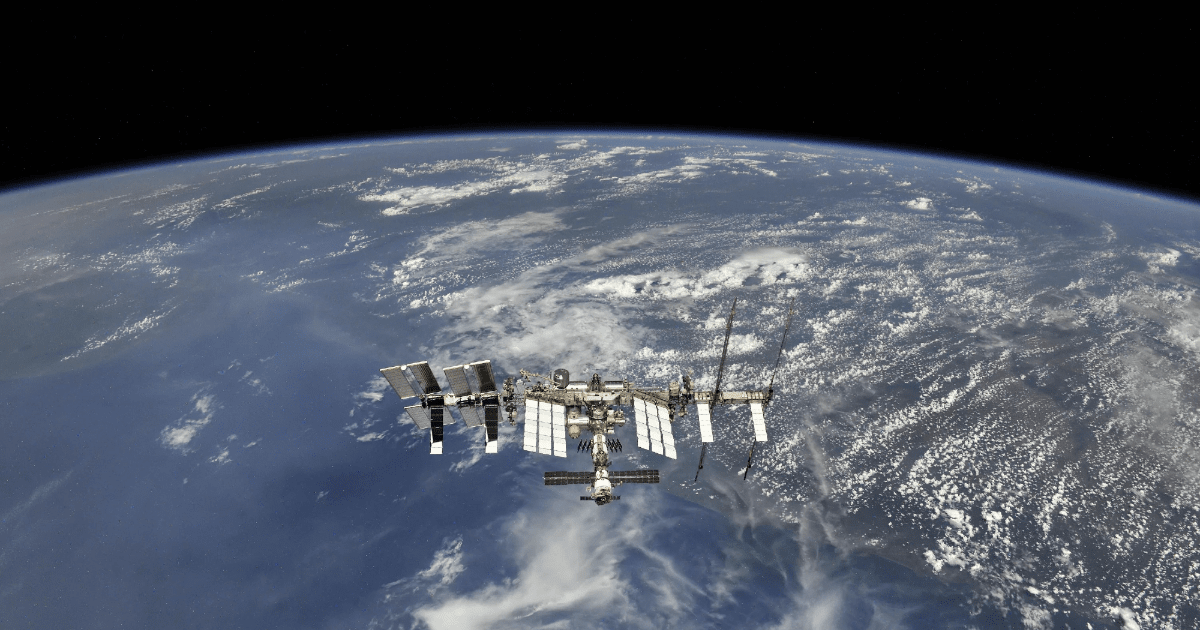Last year, an American general made an ominous revelation: two Russian satellites in orbit were stalking an American spy satellite in the orbit of the Earth.
It was unclear if Cosmos satellites they could attack USA-245, an American surveillance spacecraft.
“This has the potential to create a dangerous situation in space,” said General Jay Raymond, chief of the Pentagon’s Space Command.
The incident happened, but it marked a new stage in the growing arms race in space, where potentially bomb-armed satellites, spacecraft firing lasers, and other technologies have gone from science fiction to reality.
The stakes became clear Monday when Russia launched a missile from Earth that blew up one of its own satellites in a show of force.
The NATO Secretary General Jens Stoltenberg, described the act as “reckless.”
“It shows that Russia is now developing new weapons systems that can shoot down satellites,” he told a meeting Tuesday with European Union defense ministers.
Kamikaze satellites
The militarization of space is as old as the space race itself: as soon as the Sputnik was put into orbit in 1957, Washington and Moscow began exploring ways to arm and destroy satellites.
At first, the biggest concern was nuclear weapons in space. In 1967, superpowers and other countries signed the Outer Space Treaty, which banned weapons of mass destruction in orbit.
Since then, Russia, the United States, China and even India have explored ways to fight in space outside of the treaty.
Today that competition is focused on the destruction of rival satellites, which are increasingly essential for the communications, surveillance and navigation of any advanced army.
In 1970, Moscow successfully tested a satellite loaded with explosives that it could destroy another satellite in orbit.
The United States responded in 1983, when then-President Ronald Reagan announced his ambitious Strategic Defense Initiative, the “Star Wars” program that promised anti-missile missiles and satellites that emit lasers or microwaves.
Much of the technology envisioned then was unfeasible. But in a landmark move, the Pentagon used a missile to destroy a failed satellite in a 1985 test.
Since then, rivals have tried to show that they have the same aim: China in 2007 and India in 2019.
So after trying for some time, the success of Monday’s Russian takedown did not surprise many experts.
The Russians did not need to detonate the satellite to show they had the ability to do so, “said Isabelle Sourbes-Verger, a space expert at France’s National Center for Scientific Research.
Instead, the episode was a demonstration “that, if necessary, Russia will not allow the United States to be the only one to control space,” he said.
Space stalkers
Countries keep intense secrecy about their military space activities and, given that many of the technologies involved are of dual use – they serve civil and defense purposes – their capabilities are not entirely clear.
But the race is such that by 2019, the year the Pentagon established its Space Force, it believed that Russia and China had the potential to surpass the United States.
Maintaining US dominance in that area is now the mission of the US Space Force, “said then-Defense Secretary Mark Esper.
The race has evolved from the idea of destroying satellites with missiles, or kamikaze satellites, to finding other ways to damage them with high-powered laser or microwave weapons.
Both Russia and China have developed “space stalkers” satellites that can be manipulated to physically interfere with others, according to Brian Chow, an independent space policy analyst who spent 25 years at the Rand Corp think tank.
With robotic arms, “they can just stalk the opposing satellite and move it to another location, or bend an antenna” to disable it, Chow said.
Those satellites are still few, but Russia’s deployment of two to threaten an American satellite in 2020 shows that the technology has arrived.
In addition, both China and the United States have top-secret programs of small winged, reusable and robotic spacecraft, which could be used with weapons and damage rival satellites.

















